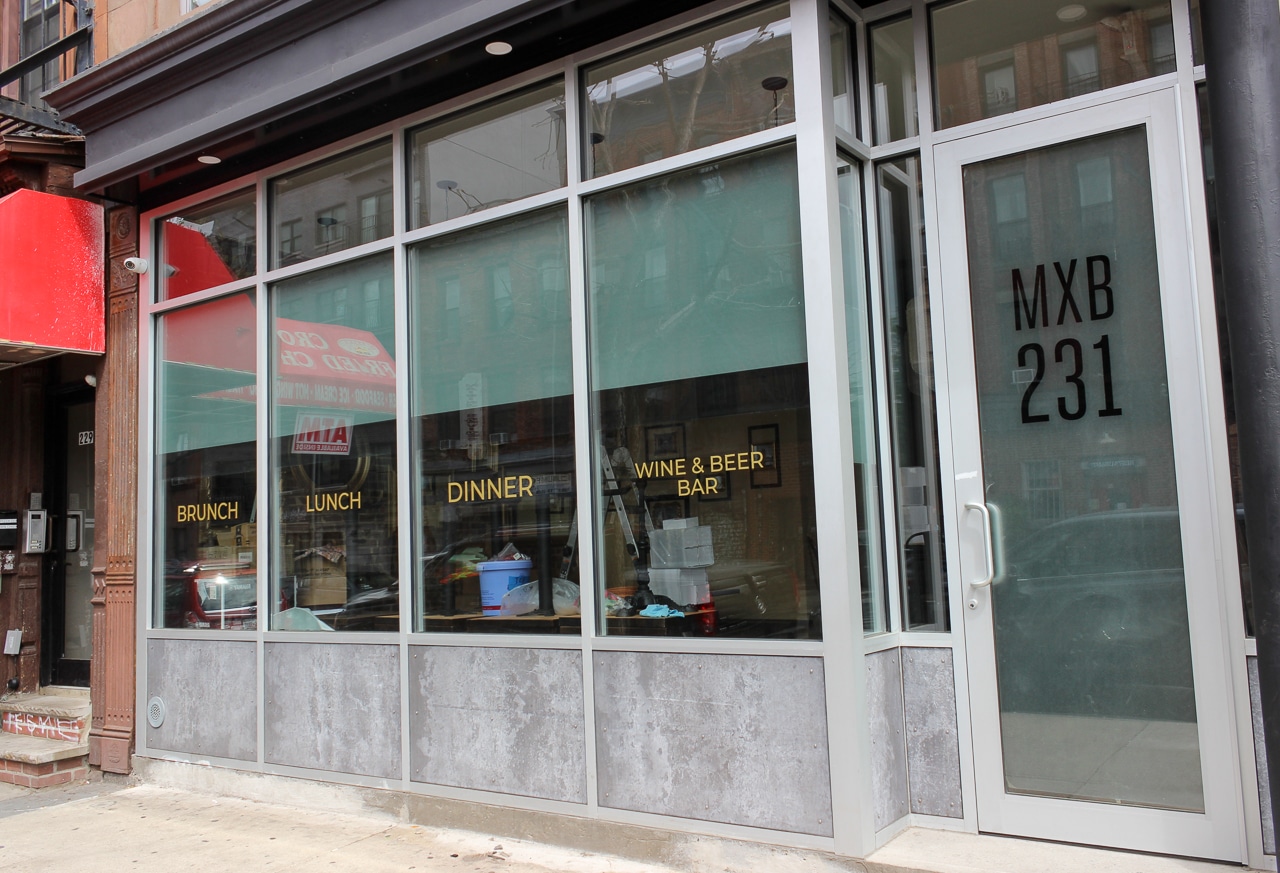Three 19th Century Houses on Bushwick Avenue to Become Two Apartment Buildings
A drive down Bushwick Avenue Sunday revealed three new holes where 19th century buildings used to be. At least one, and possibly all three buildings, was a mid-19th century Italianate; all are on oversize lots. The longtime owners got relatively little for the properties, where two developers are planning two medium-size apartment buildings with 20…

A drive down Bushwick Avenue Sunday revealed three new holes where 19th century buildings used to be. At least one, and possibly all three buildings, was a mid-19th century Italianate; all are on oversize lots. The longtime owners got relatively little for the properties, where two developers are planning two medium-size apartment buildings with 20 and 14 units each.
All three houses had been altered over the years, obscuring their origins. No. 894 Bushwick Avenue, which is now gone, was an Italianate wedding cake of a house, with a porch with fanciful brackets spanning its width. The narrower house next door at No. 890 appeared to be a brick house built in the teens, but its oversize lot indicates it could have been much older or had replaced an older house. It is also now gone.
Further up the street at 774 Bushwick Avenue is another 19th century wood frame building with tall arched windows that might have once looked much like No. 894, or it could be a later house, perhaps from the 1890s. It has been partly demolished. We found a rendering on the fence of the modern apartment building, above, that will replace it.
This house, although in the middle of demo, will not be torn down completely. The new apartment building is technically an alteration, with a vertical and horizontal addition. When it’s complete, it will be five stories and 60 feet high with 14 apartments. The total square footage will be 9,495, vs. the previous 3,715 square feet.
The rendering shows a brick apartment building with big windows and balconies. Although the drawing is by the same firm that rendered the “crack house” of Bed Stuy and features similar birds, the design is a good deal more traditional than that one. The architect of record is Charles Mallea.
The house at No. 774 sits on a 40 foot by 80 foot lot. After a series of lis pendens filings, the property sold in February 2014 for $940,000 to an LLC named 774 Bushwick. Permits show the name of the owner to be Samuel Landau. (The two developers have different names and addresses.)
No. 894 Bushwick Avenue, on a 38 foot by 80.33 foot lot, traded for $792,100 in March. Its new owner is an LLC called 894 Bushwick. The same owner bought No. 890 next door, on a 25 foot by 79.67 foot lot, for $800,000 in August. Permits show the name of the owner to be Joel Kohn.
A new building permit for 894 Bushwick Avenue calls for a four story plus penthouse building 59 feet high with 20 apartments. It will have a total of 13,391 square feet. The architect of record is Julien Flander. Perhaps it will include the property next door, for which no new building plans have been filed. We did not see a rendering posted on the fence.
Above, No. 894 in 2010. Photo by Christopher Bride for PropertyShark.
Above, No. 894 in an old tax photo, via PropertyShark.
Above, No. 894 today — an empty lot. Photo taken in January by Christopher Bride for PropertyShark.
Next door at 890 Bushwick Avenue, another empty lot. Photo above taken in January by Christopher Bride for PropertyShark.
The house at 890 in 2014 before it was demolished, above. Photo by Sam Sprei for PropertyShark.
No. 774, above, seen from the street Sunday.
Behind the construction fence at 774 Bushwick Avenue, above and below.
Above, the house at 774 Bushwick Avenue in 2010. Photo by Christopher Bride for PropertyShark.


















Regarding the fire escapes in the front, a number of older buildings have them. Perhaps having them in front would make it easier for people to be reached by firefighters in case there is a fire? In addition, fire escapes have been notorious means for criminals to try and access apartments. Having them in the back might make it easier? In the front, a criminal attempting a breaking in and entry would be more noticeable.
Frame houses on Bushwick avenue are in horrible shape. It would take at least half a million to bring one of these sprawling Victorian frames back into shape. Maybe if this were Park Slope, and millionaires bought houses here, it would work. Otherwise new apt buildings are the best choice.
Although the rendering of the new apartment house is not terrible – although why put the fire escape on the front? – this is a very troubling development. If, as noted in the article, some of these buildings may actually date from the mid-1800’s, this would make them some of Bushwick’s initial wave of residential buildings. Since the area that we now call Bushwick was not inhabitated by anything other than farm houses until the 1840’s , when the Bowrensville development occurred, these may be part of that development – or at least buildings that were constructed soon thereafter. Thus the loss of these buildings is significant – and very sad.